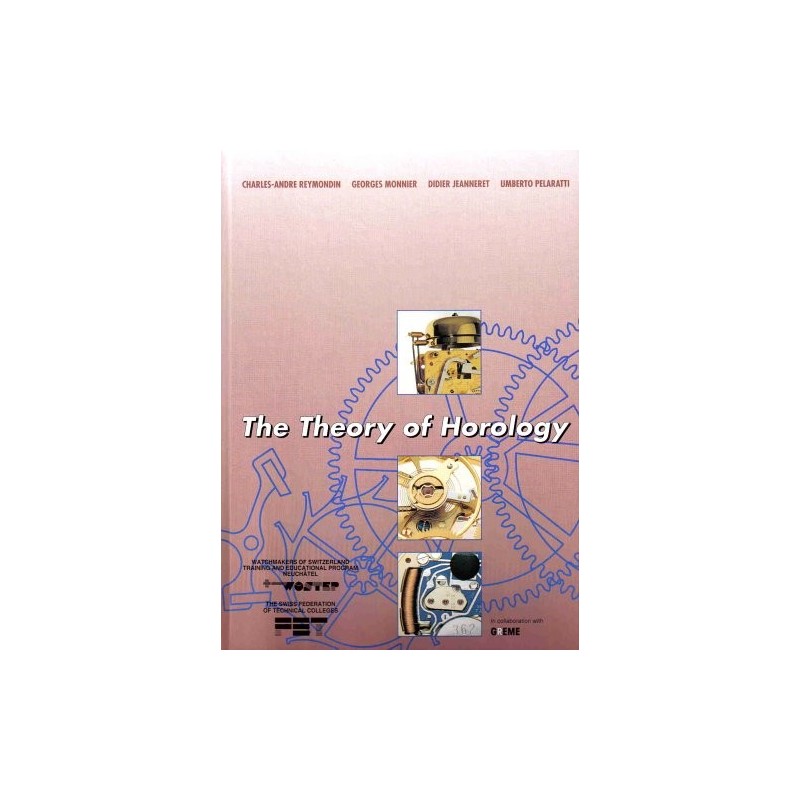
The Theory Of Horology
Whose distinction between the 'A series' and 'B series' inspired the terms 'A-theory' and 'B-theory'. The labels,, first coined by Richard Gale in 1966, are derived from the analysis of time and change developed by philosopher in ' (1908), in which events are ordered via a tensed A-series or a tenseless B-series. It is popularly assumed that the A theory represents time like an A-series, while the B theory represents time like a B-series. The terms A and B theory are sometimes used as synonyms to the terms and, but arguably presentism does not represent time being like an A-series since it denies that there is a future and past in which events can be located. Events (or 'times'), McTaggart observed, may be characterized in two distinct, but related, ways. On the one hand they can be characterized as past, present or future, normally indicated in natural languages such as English by the verbal inflection of tenses or auxiliary adverbial modifiers.
We are including The Theory of Horology as it is often referenced as one of the key textbooks on watchmaking. And indeed, it is a WOSTEP textbook. However, keep in mind that The Theory of Horology is just that, a book on the principles of watchmaking theory. Horology and horologists have numerous organizations, both professional associations and more scholarly societies. The largest horological membership organisation globally is the NAWCC, the National Association of Watch and Clock Collectors, which is USA based, but also has local chapters elsewhere.

Alternatively events may be described as earlier than, simultaneous with, or later than others. Philosophers are divided as to whether the tensed or tenseless mode of expressing temporal fact is fundamental. Some philosophers have criticised hybrid theories, where one holds a tenseless view of time, but asserts that the present has special properties, as falling foul of McTaggart's paradox. For a thorough discussion of McTaggart's paradox, see R. Daftar lagu indonesia. Ingthorsson (2016). 
The debate between A-theorists and B-theorists is a continuation of a metaphysical dispute reaching back to the ancient Greek philosophers. Parmenides thought that reality is timeless and unchanging. Heraclitus, in contrast, believed that the world is a process of ceaseless change or flux. Reality for Heraclitus is dynamic and ephemeral.
Indeed, the world is so fleeting, according to Heraclitus, that it is impossible to step twice into the same river. The metaphysical issues that continue to divide A-theorists and B-theorists concern the reality of the past, the reality of the future, and the ontological status of the present. B-theory in metaphysics [ ] The difference between A-theorists and B-theorists is often described as a dispute about temporal passage or 'becoming' and 'progressing'. B-theorists argue that this notion is purely psychological. Many A-theorists argue that in rejecting temporal 'becoming', B-theorists reject time's most vital and distinctive characteristic. It is common (though not universal) to identify A-theorists' views with belief in temporal passage.